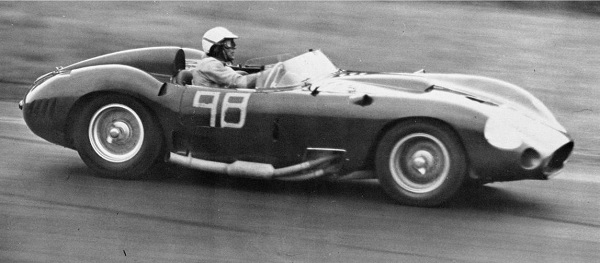History
The Association for the Advancement of Automotive Medicine (AAAM) is a professional multidisciplinary organization dedicated entirely to motor vehicle crash injury prevention and control.
It was founded in 1957 by the Medical Advisory Committee to the Sports Car Club of America by six practicing physicians whose avocation was motor racing. These physicians had the vision to recognize the need for clinicians to be directly involved in public policies and programs governing injury control for the general motoring public. In 1964, the bylaws were rewritten to give full and equal membership status to professionals who were not physicians. This action recognized that understanding injury and its prevention requires a broad based approach.
In 1973, AAAM assumed the lead role for continuing the development of a scale to classify injuries and their severity, originally begun by a joint committee of the American Medical Association (AMA), Society of Automotive Engineers and AAAM in 1969. The first scale was published in 1971 in the Journal of the AMA, titled: “Rating the Severity of Tissue Damage – The Abbreviated Injury Scale”. Publication of the 1980 revision of the AIS was enthusiastically embraced by the trauma research community as a useful and reliable injury assessment tool. Today, the AIS is the global system of choice for injury data collection and has become the basis for a number of derivative scales in use (e.g., Injury Severity Score, TRISS, ASCOT). Over the years, the AIS has been translated into French, German, Italian, Chinese, Spanish, and Japanese.
1957
Since its founding in 1957, AAAM has become known for its Abbreviated Injury Scale (AIS) coding dictionary, maps, and training around the world. This coding has greatly enhanced the ability for trauma professionals to improve patient care and share critical data on automotive crash and injury prevention.

